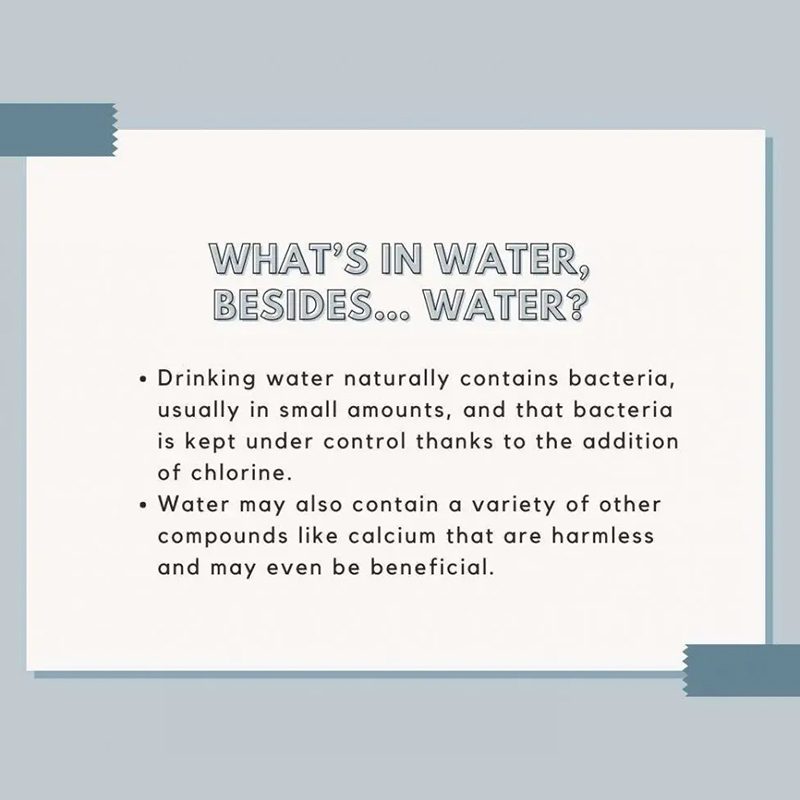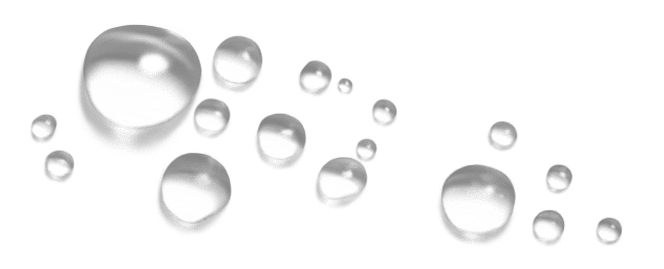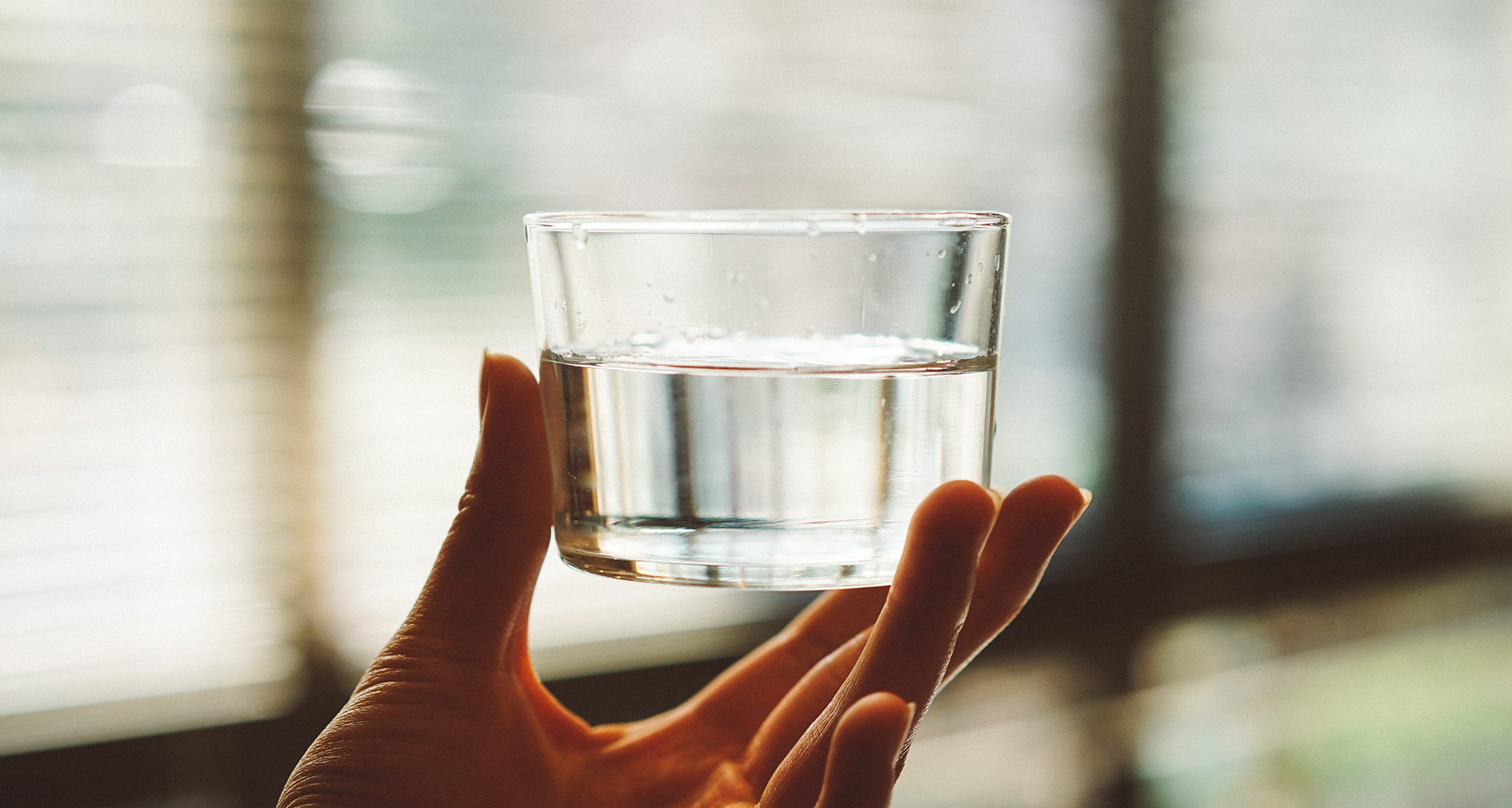3 Steps to Know What’s In Your Water
Have you sipped a cool glass of H20 and thought, “I wonder what’s in my water?”
Or maybe the water quality in your favorite residential or commercial water cooler has never crossed your mind.
All these years, you’ve been sipping your tea or enjoying a quick drink between meetings without thinking about what else you might consume.
Here’s the truth about what’s in your water and what you can do to ensure every glass of water you pour is the best quality possible.

What’s in water besides… water?
You may remember from science class that water comprises hydrogen and oxygen. But what else surrounds H20 molecules when water comes pouring out of your tap?
- Drinking water naturally contains bacteria, usually in small amounts, and that bacteria is kept under control thanks to the addition of chlorine.
- Water may also contain various other compounds, like calcium, that are harmless and may even be beneficial.
But in some areas, drinking water also contains contaminants that can put consumers at risk. The Environmental Protection Agency (EPA) sets the standards for safe tap water in the United States. That includes regulating possible contaminants, including more than 65 chemicals, such as:
- Arsenic
- Lead
- Copper
- Nitrate
- Asbestos
- Fluoride
- Mercury
- Barium
- Cyanide
- Nickel
- Thallium
Of course, that list is just the beginning of what the EPA keeps an eye on and what can be in your drinking water. Water may also contain organic materials like
- soil and dirt
- pesticides
- Fertilizer
- parasites
- Yeast
Some of these non-water compounds are benign. Others can make people seriously ill.
How do you know what chemicals are in your drinking water?
You can learn more about your local water supply by asking your supplier for a Consumer Confidence Report (CCR). This report will tell you about any contaminants found in the water but will not account for contaminants introduced after the testing point or between tests. See your specific area’s water quality.
The only way to accurately gauge the type and amounts of chemicals in your drinking water is to have it tested.
You can do this by buying an at-home test or taking advantage of various services that will either come to your house or office or have you collect and submit a sample to their lab for off-site analysis.
How can you minimize the number of harmful chemicals in your drinking water?
Stonybrook Water coolers filter water from your readily available water source, using a multi-stage process that removes everything from dirt and rust to chlorine and lead.
For less than $2 per day (including all service, maintenance, and filter changes), you can enjoy worry-free water that you know is safe for you, your family, or your entire work team.
Want to ensure you always have a positive answer to the question, “What’s in my water?”
Contact the water experts at Stonybrook today to learn how to get delicious, fresh water wherever you need it.
one week free trial
Fill out the form below and get a 1 week free trial!



